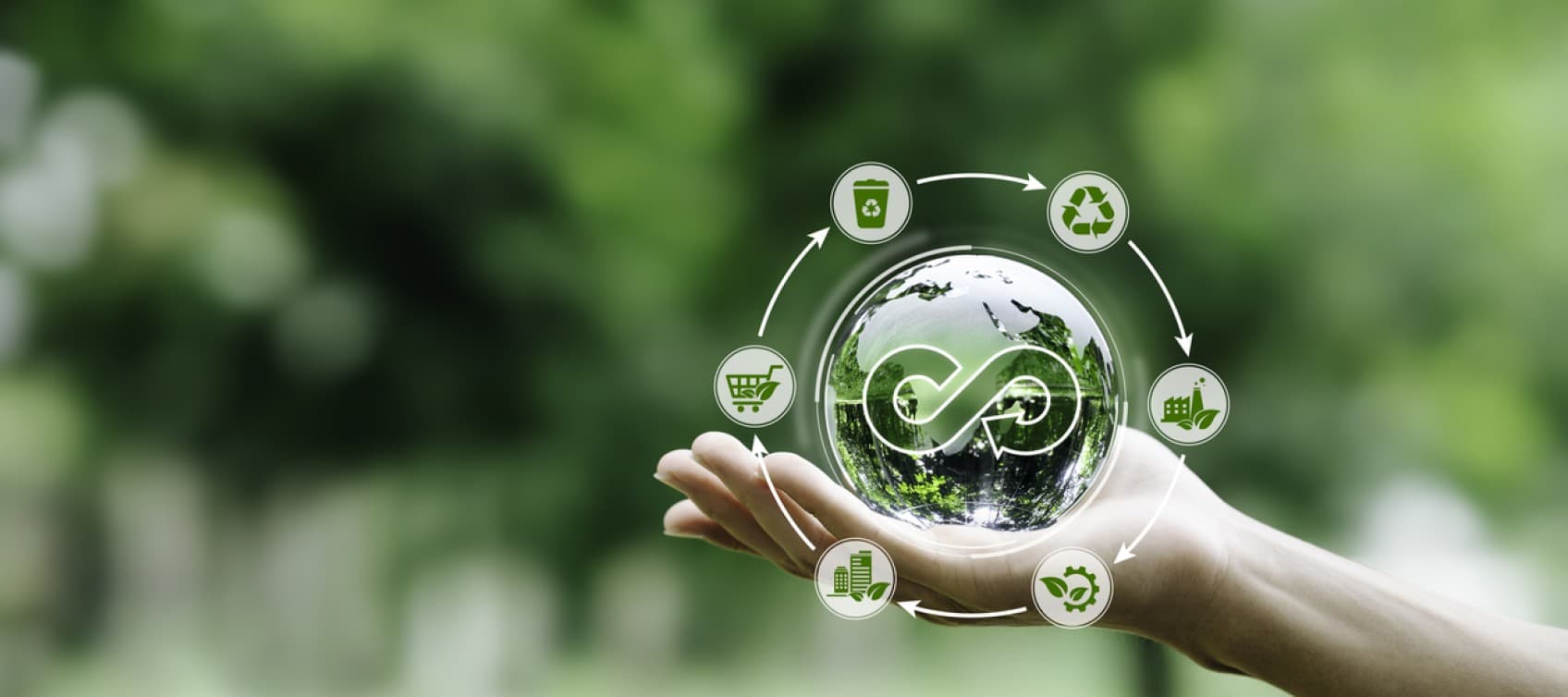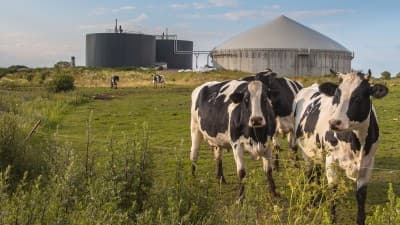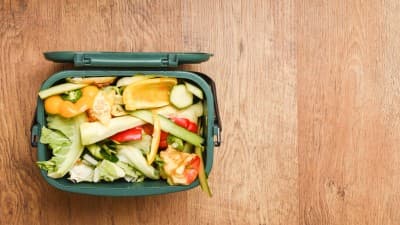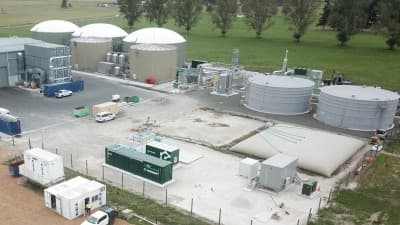New Zealand is rich in renewable energy, but managing supply — especially during peak demand periods — remains a challenge. Fortunately, there’s a local solution that’s already gaining traction: biogas made from food and agricultural waste.
By embracing a circular economy, where organic waste is recycled into energy and fertiliser, we can strengthen our electricity and gas grids, reduce emissions, and build long-term resilience — all while turning waste into value.
From scraps to clean energy
Biogas is created when organic waste breaks down in controlled, oxygen-free environments. This gas can be used directly or upgraded into biomethane, a clean, renewable alternative to natural gas.
A standout example is Ecogas’ Organics Processing Facility in Reporoa, which has partnered with First Renewables, part of Clarus, to deliver New Zealand’s first large-scale biogas to biomethane project. By turning food scraps into biomethane, this facility is the first small step in helping power homes and businesses with renewable gas — which is a step towards helping New Zealand reduce its carbon emissions.
Why this matters for New Zealand
Biogas has several key benefits:
- It adds reliable, local energy to the grid — especially important during calm or cloudy days when solar and wind are less productive.
- It lowers emissions by reducing our reliance on fossil fuels.
- It strengthens regional economies by creating new revenue streams for farmers, food processors, and waste operators.
- It helps reduce landfill waste and returns nutrients to soil through biofertilisers.
- The Wood Beca Report, prepared for the GIC in 2023 estimates that New Zealand has enough accessible organic feedstock to replace around 7PJ of gas, which is equivalent to nearly all commercial or all residential natural gas use in New Zealand today.
By recycling organic waste, communities, councils and businesses can work together to build a more resilient energy system.
A smart path forward
Cities like Auckland, New Plymouth and Christchurch are already rolling out food waste collection and exploring organics processing. These local efforts, paired with private sector investment from companies like Ecogas and First Renewables, show what’s possible when infrastructure, innovation and collaboration come together.
With the potential to produce enough renewable gas to meet the energy needs of hard-to-decarbonise sectors — such as restaurants, hospitality, and peak electricity generation — biogas is a solution New Zealand could scale with confidence.
Developing these sources of biogas will lead to material reductions in NZ’s carbon emissions by diverting these waste streams from farms, landfills and other emitting facilities.
Apart from the production of energy that would otherwise go to waste, it would also go a fair way to mitigate the environmental issues around effluent run-off on dairy farms and divert other agricultural waste from going into landfills or worse.
However, the success of a circular economy will depend on collaborative efforts between government, industry and community to develop practical, sustainable solutions.
Looking overseas the Australians are well and truly tapping into the renewable gas opportunity with around 240 biogas plants already in operation. The Danes, with a similar population as ours, have replaced nearly 40 percent of their natural gas supply with biogas generated from cow and pig manure.
While renewable gases are still developing and not yet widely accessible in New Zealand, it’s reassuring to know that the work we’re doing today is already making a difference now and has growing potential in the future as we transition our networks to lower carbon gases.





